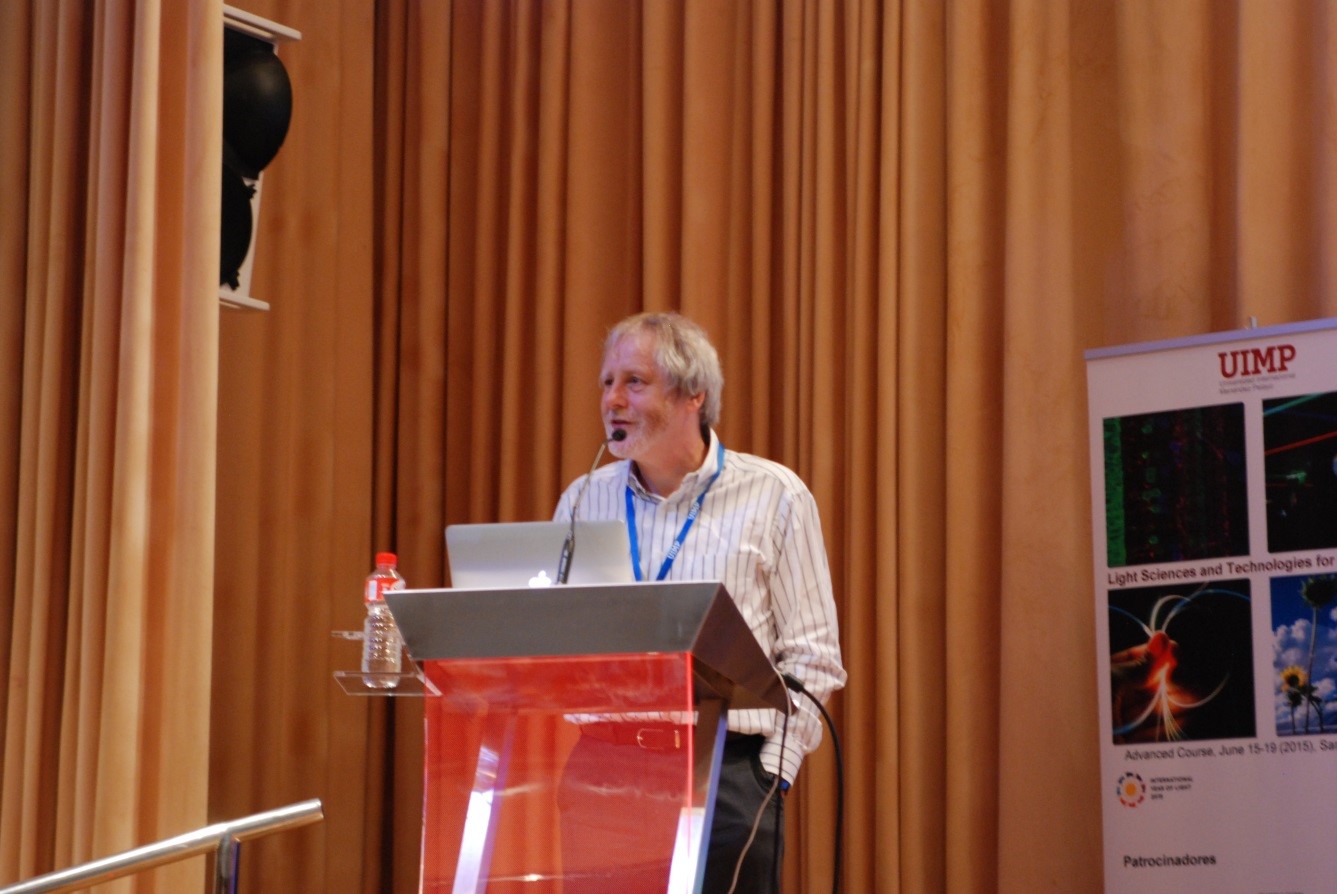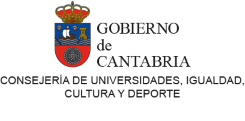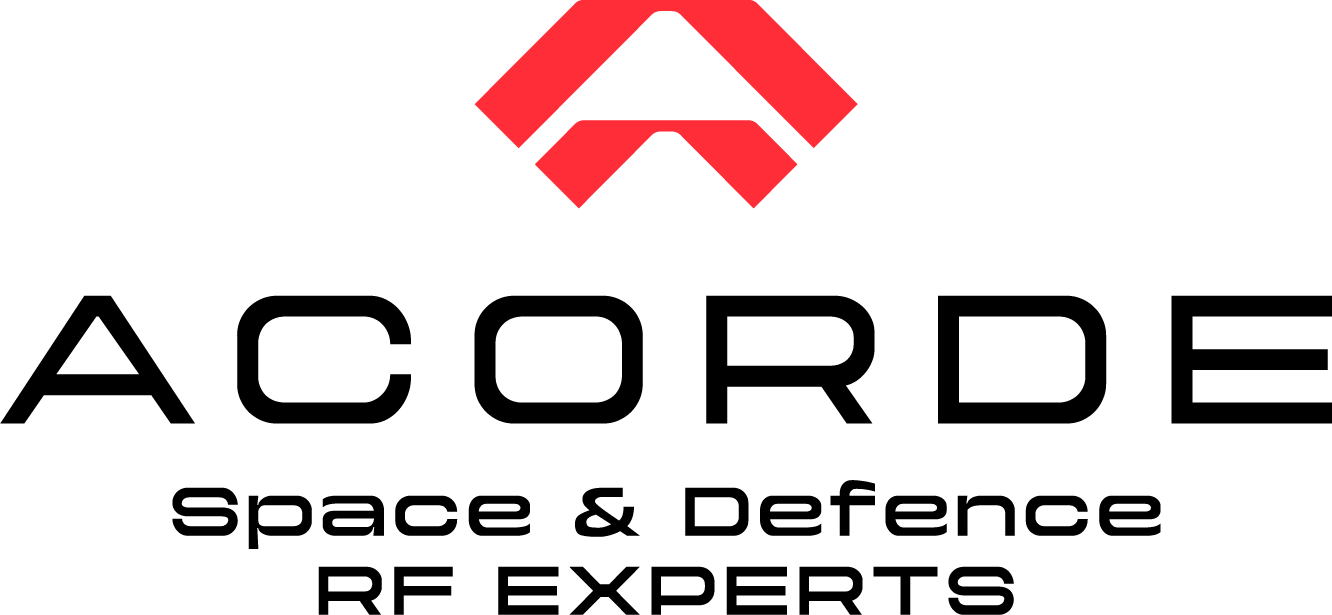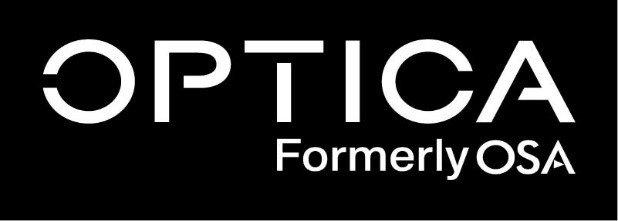UCLA’s Aydogan Ozcan receives 2015 ICO Prize
UCLA’s Aydogan Ozcan (ISLiST Invited SPeaker) receives 2015 ICO Prize
22 December 2015 (http://spie.org/about-spie/press-room/spie-member-news/all-spie-news/aydogan-ozcan-wins-ico-prize)
 SPIE Fellow Aydogan Ozcan, the Chancellor's Professor at University of California, Los Angeles (UCLA) who pioneered the area of lensless, high‐throughput cytometry and computational on-chip microscopy platforms, has received the 2015 ICO Prize from the International Commission for Optics (ICO).
SPIE Fellow Aydogan Ozcan, the Chancellor's Professor at University of California, Los Angeles (UCLA) who pioneered the area of lensless, high‐throughput cytometry and computational on-chip microscopy platforms, has received the 2015 ICO Prize from the International Commission for Optics (ICO).
Ozcan, who is also an SPIE Senior Member and a founder of Holomic, a young technology company making mobile diagnostic devices, was recognized for seminal contributions to biophotonics technologies impacting computational microscopy and digital holography for telemedicine and global health applications.
The ICO Prize is given to groundbreaking researchers in optics who are under the age of 40. Ozcan, 37, has developed a range of high-throughput computational photonics tools for use in metrology, telemedicine, and other biomedical applications.
Ozcan is the Chancellor's Professor of Electrical Engineering and Bioengineering at the UCLA Henry Samueli School of Engineering and Applied Science and an HHMI professor with the Howard Hughes Medical Institute. His UCLA lab has developed holographic on-chip microscopy platforms that can image single nanoparticles and viruses and detect cancer and other abnormalities at the single-cell level. Using partially coherent digital in‐line holography and liquid nano-lenses, these systems can analyze more than 100,000 cells within a few seconds over a sample field of view of >10‐20 cm2.
Ozcan's lab has also developed lightweight, 3D-printed smartphone attachments that can diagnose diseases such as malaria and HIV; detect mercury and pathogens such as giardia and E. coli in water samples; and find allergens in prepared food. These mobile devices are portable and cost-effective, making them practical for use in environmental monitoring in rural and resource-poor areas. Some of these inventions have been commercialized by Holomic and are being used in more than 10 countries.
"I am honored and humbled to have received this prestigious award and to join past recipients whom I have long admired and respected for their pioneering work and impact," Ozcan said.
Ozcan is the recipient of 32 issued patents and numerous awards including the 2013 SPIE Biophotonics Technology Innovator Award and the 2011 SPIE Early Career Achievement Award.
He is scheduled to give a presentation on on-chip microscopy, sensing, and diagnostics 15 February 2016 at SPIE Photonics West, and HE is a member of the program committees of four conferences at Photonics West.
Ozcan received his PhD at Stanford University in 2005. He has been at UCLA since 2007 where he currently leads the Bio- and Nano-Photonics Lab and is associate director of the California NanoSystems Institute (CNSI).
OSA President Honored by prestigious International Spanish University
The Menendez Pelayo International University, UIMP, will invest Prof. Philip Russell as “Doctor Honoris Causa”. He is the inventor of the Photonic Crystal Fibers known as PCFs, and current Director of the Max Planck Institute for the Science of Light, Germany. He will receive this distinction during the first edition of the International School on Light Sciences and Technologies that will be held on June 2016 in Santander, Spain.

This prestigious institution will confer a honorary doctorate to Prof. Philip Russell by unanimous agreement of its Governing Council, who wanted to recognize the Northern Ireland scientist relevant contributions to the sciences and technologies of light (Photonics) and, in particular, in the area of Fiber Optics, line of work which began almost half a century ago by Professor Charles Kao, Nobel Prize in Physics in 2009.
Prof. Russell is the inventor of the optical fibers known as Photonic Crystal Fibers (PCFs), which are already widely used both in the academic and industrial arenas. A large number of laboratories and research groups from all over the world are exploring applications of PCFs in lasers, nonlinear optics, medicine, supercontinuum generation, photochemistry, telecommunications, astronomy and fibers for the guidance of very high powers of laser light for manufacturing and machining.
The application of greater commercial impact to date are the so-called "supercontinuum sources " based on the solid core of PCFs that are light sources that are more closer to the concept of "white light source" (which generates photons at all frequencies). These supercontinuum sources have revolutionized many aspects of science and technology, and are now standard accessories in microscopes and Photonic instrumentation (which work through concepts and techniques of light) of high range.
After his appointment, Russell said to feel honored and deeply grateful to UIMP since this doctorate Honoris Causa "recognizes three decades of research, traveling all the way from the sketched idea to the development of its applications in many real-world devices". He also explained that he is currently working in the searchof a range of unique and extremely bright sources of tunable deep and vacuum ultraviolet light, driven by ultrashort pulses of infrared light and based on (a) gas-filled hollow core PCF or (b) solid-core fluorozirconate glass PCFs. These sources will revolutionize spectroscopy in these spectral regions.
He also works on short-pulse fibre lasers which are self-stabilised by optoacoustic interactions in a very small PCF core; on continuously twisted "chiral" solid-core PCF that acts like an "optical impeller", forcing a twist on light. Essentially, an optical vortex with fascinating properties is created in the twisted core. The resulting "Twisted Light" can be used, e.g., to make small particles spin. Their ongoing research focuses also on trap and propel particles over 100 m distances in hollow core PCF. His group is developing a range of novel "flying particle" sensors for e.g. temperature, vibration and radiation level. Another of its lines of work involves the use of hollow core PCFs as micro-reactors for optical studies of photochemical processes.
Professor Russell has published over 400 scientific articles that have received more than 26.662 citations. He has received honors and awards including the OSA Joseph Fraunhofer AwardRobert M. Burley Prize, 2000; Thomas Young of the Institute of Physics Award, 2005; the Körber Prize for European Science, 2005; the EPS Prize for Research into the Science of Light, 2013; the Berthold Leibinger Zukunftspreis Award and the IEEE Photonics Award both in 2015, among others.
Prof. Russell will receive this prestigious distinction at a solemn ceremony to be held during the first edition of the International School on Light Sciences and Technologies, directed by Professor José Miguel López Higuera of the University of Cantabria that will take place in June 20 to 24 (2016) in the Palacio de la Magdalena, Santander.


















